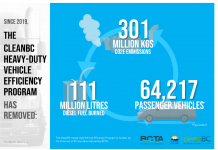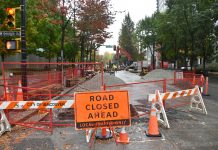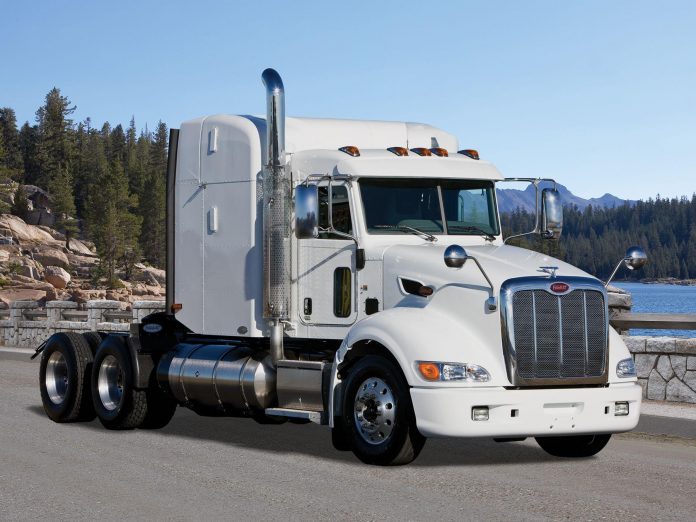While Canada and much of the world closed their borders and locked up their businesses in an attempt to conquer Coronavirus, Sweden chose to conduct a wild and criticized science experiment with its population. It may have gone terribly wrong
As COVID-19 starting sweeping worldwide most countries, ordered isolation and distancing to stop the spread of contamination. Sweden chose to carry on as if not much had happened. An open-air experiment in which it trusted their population to be cautious and vigilante. Sweden kept open restaurants, gyms, shops, playgrounds, and most schools. They wanted to prevent economic hardship. Nearby Norway and Denmark chose like most nations to do a lockdown.
3 months later Sweden’s death rate is high. It recorded 77,000 infected and 5,619 deaths, with a population of 10 million. Canada with 4 times the population has 107,000 infected and 7,850 deaths, not much more than Sweden. Sweden has 12 times more deaths per million than Norway, 7 times more than Finland, and 6 times more than Denmark.
Sweden reasoned that their citizenry would be cautious and allow the economy to remain buoyant. However, their economy has suffered at almost the same amount as nearby countries. So the question, why did they do it in the first place?
Sweden’s bold science experiment was an attempt to reach “herd immunity”. The Mayo Clinic describes “Herd immunity occurs when a large portion of a community (the herd) becomes immune to a disease, making the spread of disease from person to person unlikely. As a result, the whole community becomes protected — not just those who are immune.” The cost though is high.
The Mayo Clinic says in the US, 70% of the population (or 200 million) would have to recover from Coronavirus to stop the epidemic. But if the populace becomes sick too quickly, hospitals and the care system may be overloaded and incapable of treating those infected, causing greater deaths. The death rate in Sweden from COVID-19 is 30% higher than that in the U.S.
The plan in Sweden was to keep the economy rolling and develop natural immunity for the population from Coronavirus instead of waiting a few years for a vaccine to be developed.
The latest medical data from Sweden shows the number of people with antibodies against the new coronavirus, meanwhile, is increasing and disease transmission is declining.
A July 18 article in EuroNews says “For now, Sweden’s light-touch approach to tackling the coronavirus pandemic has drawn attention and criticism from around the world. It has also weighed on the popularity ratings of Sweden’s prime minister, Stefan Lofven, who announced last month an inquiry into the government’s handling of the coronavirus outbreak.”
Sweden’s central bank estimates that the pandemic will shrink the economy more than first imagined. The data show the economy has suffered almost as much as neighbouring Denmark and Norway.
Was Sweden’s wrong to do a science experiment with its’ people? If it was the economy that was to be saved, that was not achieved. Norway and Denmark have closed their borders to Sweden and the world questions if Sweden did the right thing for its’ people. If the long term health of its’ population was the reasoning, then there will be no answer for over a year from now. It will depend if there is a second wave and if there is a vaccine discovered to prevent COVID-19. If a second wave arrives, Sweden may be more immune and lives will saved.
The world watches and wonders, was Sweden’s COVID-19 Experiment worth the cost? Meanwhile in Sweden criticism increases and the voices of the dead grows louder.






















